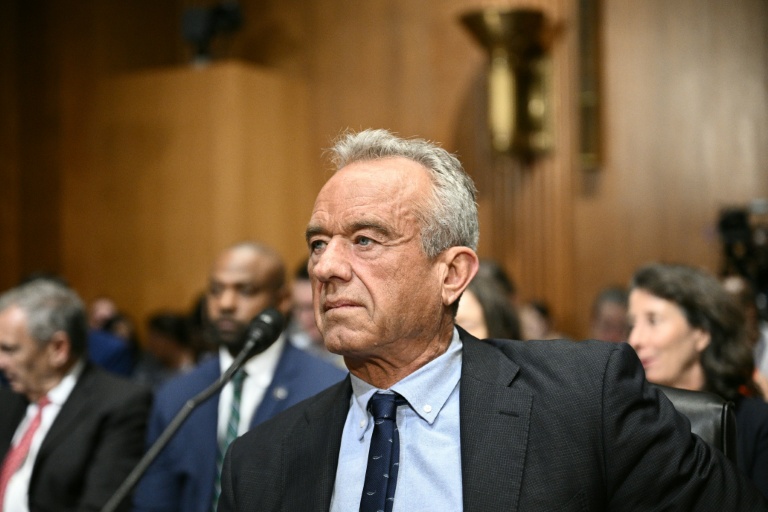
Every autumn, Pentagon and Congressional leaders sound the alarm over continuing resolutions (CRs). A CR, they insist, is catastrophic, blocking new starts, freezing budgets, and endangering readiness.
But last year, when Congress actually delivered a full-year CR, the sky did not fall. In fact, something remarkable happened: the Department of Defense gained more budgetary freedom than it has seen in decades.
Why? Because the full-year CR cuts appropriators out of their favorite pastime, line-item micromanagement. Instead of Congress dictating thousands of budget line items in exquisite detail, the department received several large lump-sums, akin to the structure of this year’s authorizer-written reconciliation bill. That gave the Pentagon far more flexibility to shift money within accounts to meet real-world demands and some of the findings in the PPBE Commission. The only thing missing was the Pentagon’s readiness to exploit it.
Let’s be clear: Last year’s year-long CR compromise was no disaster. Troops got paid, operations continued, and modernization didn’t collapse.
But appropriators weren’t ready to let go. They dutifully handed DoD the detailed line-item instructions they would have passed if a normal bill had cleared. And here’s the disappointment: DoD, it appears, mostly honored them. Instead of seizing the chance to realign money with strategy, the Pentagon treated the appropriators’ “wish list” as binding law.
In other words, Congressional appropriators clung to micromanagement through new means and DoD voluntarily obliged itself. The flexibility of a full-year CR was wasted.
There’s no excuse for a repeat. Everyone knows another full-year CR is a live possibility. This time, DoD must plan ahead. Instead of defaulting to appropriators’ shadow line items, the department should build a disciplined strategy for reallocating funds in line with the needs of the warfighter, akin to what it now has to do with the reconciliation bill.
The real advantage of a full-year CR is not the anomaly process; it’s liberation from congressional earmarks and parochial dictates. Appropriators carve the defense budget into thousands of specified slices every year. These mandates tie the Pentagon’s hands and consume resources that should be directed against real threats.
Under a full-year CR, those impediments fall away. DoD receives funding at some new pre-determined level, but with greater latitude to move money within accounts. That means the services can finally prioritize based on the development timeline of industry rather than the artificial clock tied to the political process.
A full-year CR this year is not a crisis, it’s an opportunity — if Pentagon leaders prepare. Consider a three-part opportunity:
No restrictions on new starts or accelerating procurement quantities enabling leaders to exploit success as it happens. The restrictions on new starts had in the past been limited only to partial year-CRs, but the Congress last year in the Full Year CR enabled the Pentagon to move forward seamlessly.
Funding capability areas rather than programs. The 2026 appropriation was built by the Pentagon back in 2024 and a lot has changed in the meantime.
The big winner is emerging tech. Funds could flow into AI-enabled decision tools and electronic warfare prototypes, not low-payoff science projects that happened to make it into the budget tables two years ago.
The normal appropriation process leads to line-item micromanagement and prevents DoD from exploiting accelerated acquisition often leading to the “valley of death” for new defense entrants.
Gridlock is usually a dirty word in Washington. But for defense budgeting, gridlock may mean salvation. When Congress deadlocks and passes a full-year CR, it accidentally delivers something better than over-engineered appropriations bills: a large, flexible pot of money that the Department can align with the needs of the warfighter today.
Last year, the Pentagon squandered that opportunity by being surprised and by mostly deferring to appropriators’ unofficial instructions. This year, it must do the opposite: expect a full-year CR, plan for it, and be ready to act strategically.
Sometimes Washington’s dysfunction delivers more than its best-laid plans. Gridlock may be just what the Pentagon needs.
Ret. Maj. Gen. John G. Ferrari is a senior nonresident fellow at AEI. He previously served as a director of program analysis and evaluation for the service.



